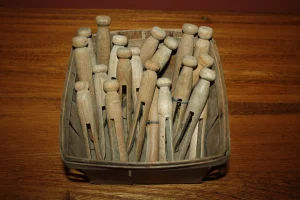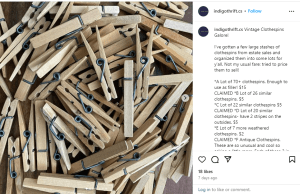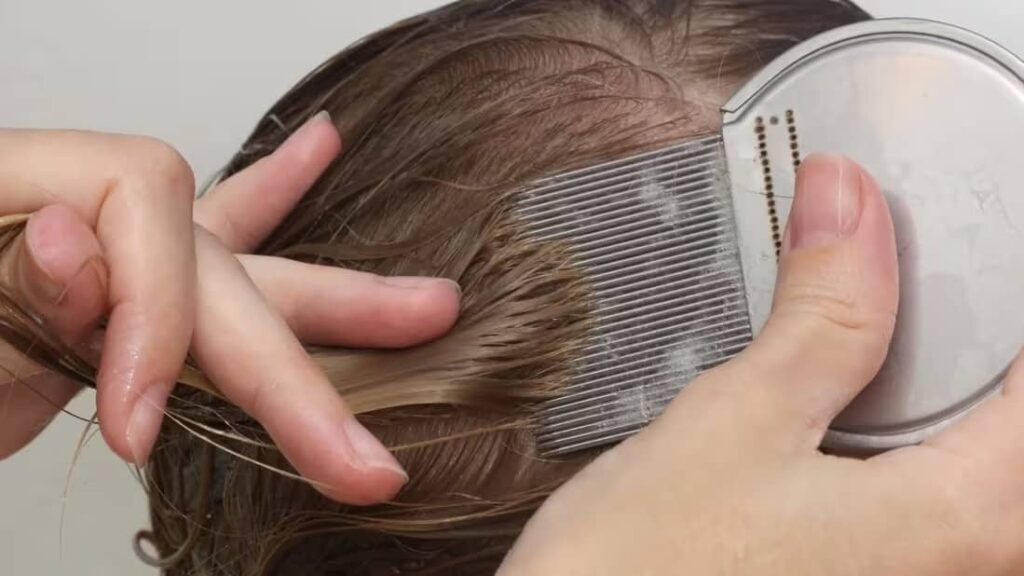Long before technology consigned single socks to a spinning purgatory, people exhibited resourcefulness, crafting tools to efficiently tackle household chores. One such tool is the wooden peg, which evolved over time into a two-piece pin for securing items to a line. This marked a significant improvement over earlier models that whimsically dispatched socks and garments into the wind, deemed “a serious evil to washerwomen.”

Recently, an online user stumbled upon small wooden dowels with dual legs and turned to social media for help in identifying them. The Facebook post sparked a wave of nostalgia among boomers, who promptly offered an answer: “Old school clothespins. [We] used them for hanging clean wet clothes outside on the [clothes] line to dry in the sun [and] fresh air!”
A wooden clothespin, also known simply as a clothes peg, remains a traditional household tool utilized for hanging wet laundry on a clothesline to dry. Today, these pins typically comprise two wooden pieces hinged together at one end, equipped with a spring mechanism to provide the requisite tension for gripping clothing securely.

The contemporary wooden clothespin, in its recognizable form, surfaced during the 19th century in response to the increasing demand for a practical and efficient means to hang laundry. the modern design traces its origins to an 1853 patent for a clothespin by David M. Smith of Vermont. According to the patent, issued on October 25, 1853, the updated clothespins feature a hinge mechanism constructed with wire, allowing the two longer legs to move closer together while simultaneously spreading the shorter ones apart.

The two wooden components are crafted to create a clamp when pressed together, enabling the clothespin to grip garments securely without causing harm. With the aid of the spring mechanism, the clothespin remains shut during use, offering a dependable hold on laundry, even in windy environments.
Smith elaborates in the patent: “Another significant advantage of my improved clothespin over the traditional pin is its resistance to detachment from clothing by the wind, a common issue faced by washerwomen and a serious inconvenience.”
Wooden clothespins are still made and used in homes worldwide, whether for crafts or hanging clothes to dry. People love them for their old-fashioned charm and because they’re good for the environment. Even though plastic clothespins are more common in some places because they’re cheaper to make, wooden ones remind us of how laundry used to be done and how we can live more sustainably. So, what’s worse: losing socks to the wind or in the dryer? Tell us what you think of this story, and share it with your friends to hear their thoughts too!



